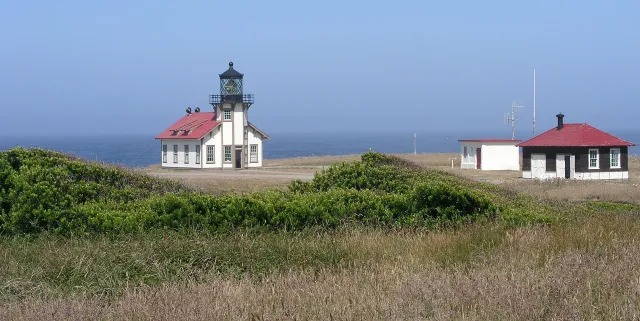Active banners: 0 Visible banners: 0
Drawing Connections: Cabrillo National Monument
Provided by: National Park Service |Published on: April 27, 2021
Videos
6789101112
Synopsis
- This video from the National Park Service explains how climate change affects sea creatures in the rocky intertidal zone at Cabrillo National Monument in San Diego.
- Students will learn how ocean acidification and rising temperatures can negatively impact sea creatures and what we can do to take action.

Subjects: Biology, Earth and Space Sciences
Authors: National Park Service
Region: North America, USA - West, United States, California
Languages: English
Teaching Materials
Positives
- This video uses engaging watercolor illustrations to explain how climate change affects tidal ecosystems in California.
- The video describes how ocean acidification impacts sea creatures.
- An audio-described version of the video is linked in the video description.
Additional Prerequisites
- It may be helpful for students to understand the pH scale.
- Students should understand that carbon emissions cause ocean acidification.
Differentiation
- Chemistry classes could use this video to investigate the chemical processes involved in ocean acidification.
- Science classes could use this video to evaluate how climate change impacts ecosystems in nearby national monuments and parks.
- Other resources on this topic include this video introduction to ocean acidification, this ocean acidification lab, and this video about shellfish and ocean acidification.
Scientist Notes
Teaching Tips
Standards
Resource Type and Format
All resources can be used for your educational purposes with proper attribution to the content provider.



